Perforated Aluminum Sheet vs. Steel: Which is Better for Your Needs?

alufrom
April 7, 2025
When choosing materials for construction, industrial applications, or decorative projects, perforated aluminum sheet and perforated steel sheet are two of the most popular options. Both offer durability, versatility, and aesthetic appeal, but they have distinct differences that make them suitable for different needs.
In this comprehensive guide, we’ll compare perforated aluminum vs. steel in terms of:
✔ Strength & Durability
✔ Weight & Handling
✔ Corrosion Resistance
✔ Cost & Affordability
✔ Aesthetic & Design Flexibility
✔ Applications & Best Uses
By the end, you’ll know which material is the best fit for your project.
1. Strength & Durability: Can Aluminum Compete with Steel?
Perforated Steel Sheet: The Heavy-Duty Option
Steel is known for its high tensile strength, making it ideal for load-bearing structures, industrial machinery guards, and heavy-duty filtration systems.
✅ Pros:
Extremely strong, resistant to impact and heavy loads
Long lifespan in controlled environments
Can be galvanized for extra protection
❌ Cons:
Prone to rust if not properly coated
Heavier, making installation more labor-intensive
Perforated Aluminum Sheet: Lightweight Yet Strong
While aluminum isn’t as strong as steel, modern alloys (like 3003 or 5052) provide excellent strength-to-weight ratios, making them suitable for many structural applications.
✅ Pros:
Strong enough for most architectural and industrial uses
Naturally corrosion-resistant
Easier to cut, bend, and install
❌ Cons:
Not ideal for extreme load-bearing applications
Can dent more easily than steel
Verdict: If you need maximum strength, steel is better. For lightweight durability, aluminum wins.

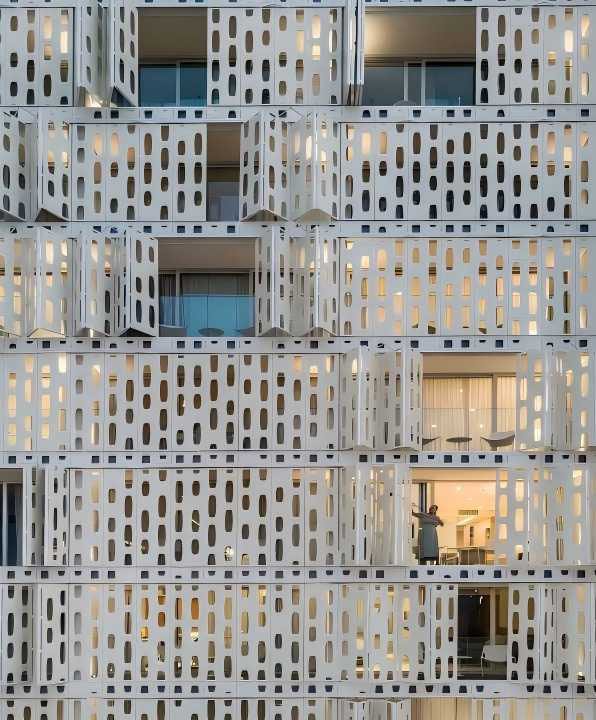
2. Weight & Handling: Which is Easier to Work With?
Steel: Heavy but Sturdy
Steel sheets are 2-3 times heavier than aluminum, which can be a drawback for:
Suspended ceilings
Facade cladding
Transportation applications
Aluminum: Lightweight & Easy to Install
Aluminum’s lightweight nature makes it ideal for:
Exterior sunscreens
Decorative panels
Aerospace & automotive uses
Verdict: If ease of installation matters, aluminum is the clear winner.
3. Corrosion Resistance: Which Lasts Longer Outdoors?
Steel: Requires Protective Coatings
Without coatings (galvanization, powder coating), steel rusts quickly in humid or salty environments.
Maintenance is needed to prevent corrosion over time.
Aluminum: Naturally Rust-Resistant
Forms a protective oxide layer, making it perfect for:
Marine environments
Outdoor facades
Chemical industry applications
Verdict: For long-term outdoor use, aluminum is far superior.
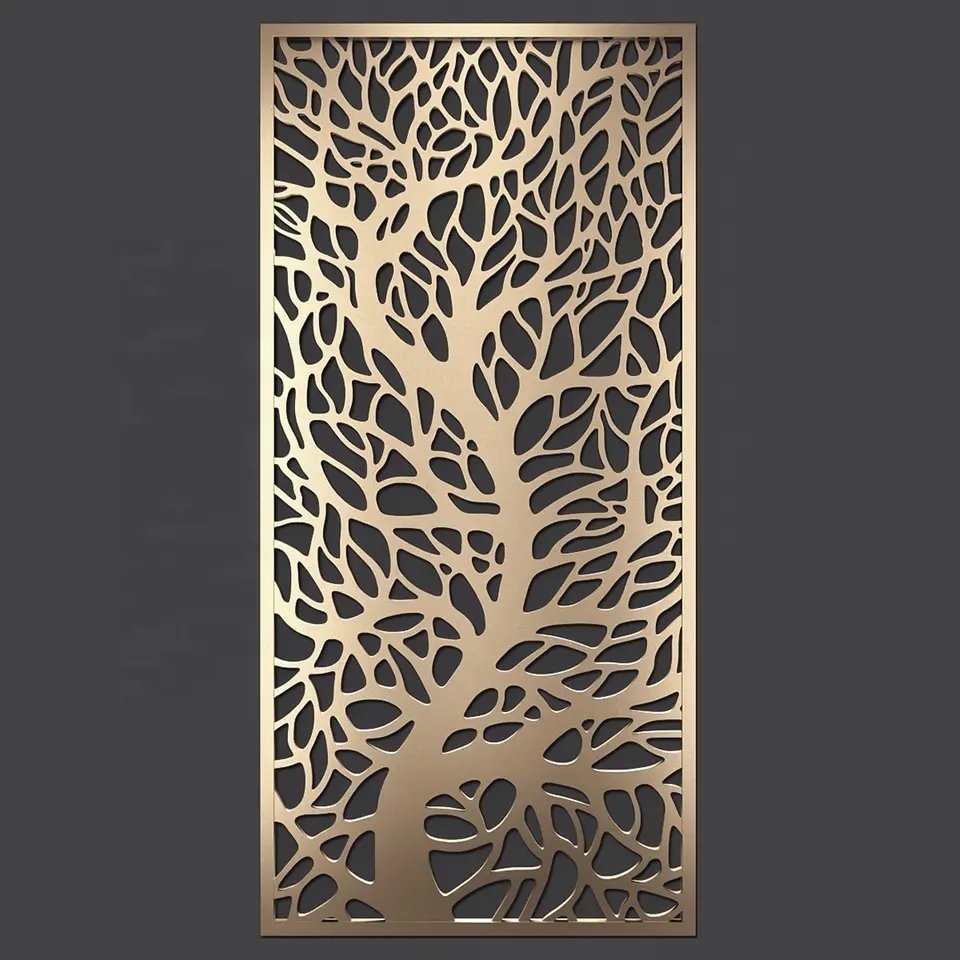
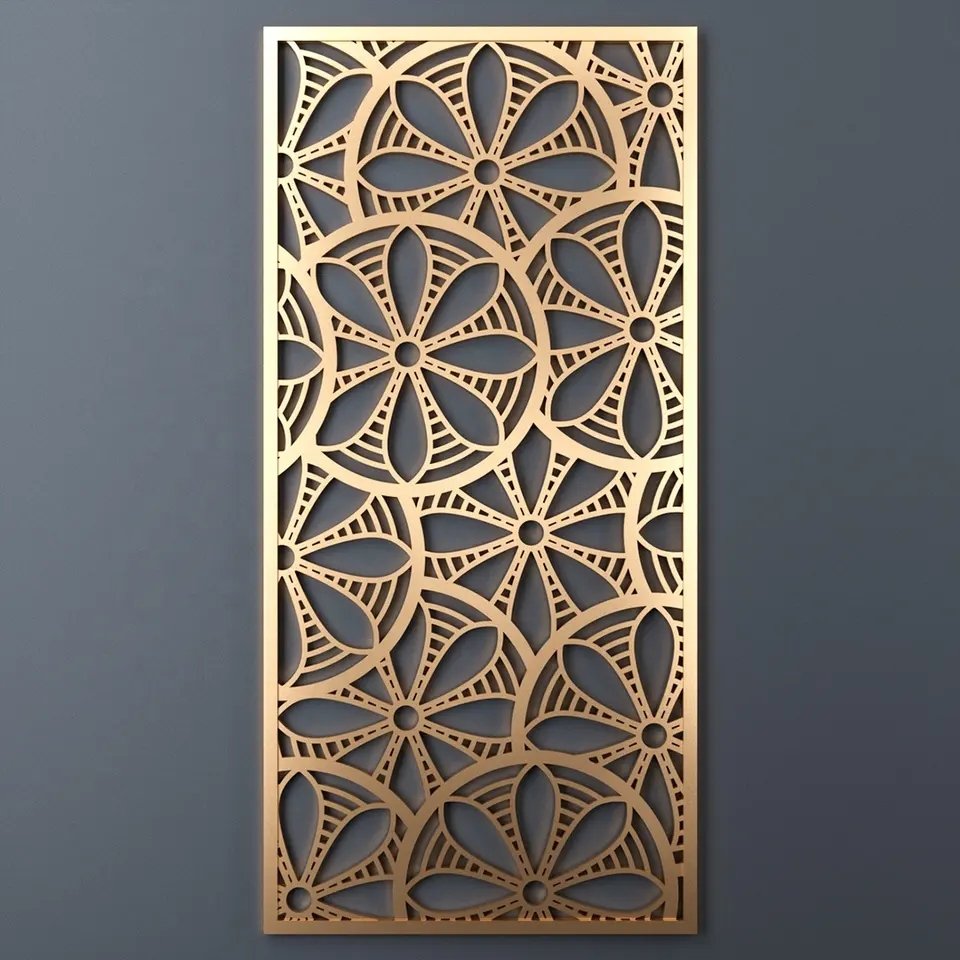
4. Cost Comparison: Is Aluminum More Expensive?
Steel: Generally cheaper upfront, but maintenance costs (rust prevention) add up.
Aluminum: Slightly higher initial cost, but lower lifetime expenses due to minimal maintenance.
Verdict: If budget is tight, steel may seem better, but aluminum offers better long-term value.
5. Aesthetic & Design Flexibility
Both materials can be customized with different hole patterns (round, square, hexagonal), but:
Aluminum is easier to anodize or paint, offering more color options.
Steel has a rugged, industrial look but fewer finish choices.
Verdict: For modern, sleek designs, aluminum is preferable.
6. Best Applications for Each Material
Choose Perforated Steel If You Need:
✔ Heavy-duty machinery guards
✔ Industrial flooring & walkways
✔ High-strength filtration systems
Choose Perforated Aluminum If You Need:
✔ Architectural facades & sunscreens
✔ Lightweight ceiling panels
✔ Marine & outdoor applications
Final Decision: Which Should You Choose?
| Factor | Perforated Aluminum Sheet | Perforated Steel Sheet |
|---|---|---|
| Strength | Good for most uses | Best for heavy loads |
| Weight | Lightweight & easy to handle | Heavy & sturdy |
| Corrosion Resistance | Excellent (rust-proof) | Needs coating |
| Cost | Higher initial cost, lower maintenance | Cheaper upfront, higher upkeep |
| Aesthetic Flexibility | More finish options | Industrial look |
Best For Aluminum:
✅ Decorative panels
✅ Outdoor & marine uses
✅ Lightweight structures
Best For Steel:
✅ Heavy industrial applications
✅ High-impact environments
✅ Budget-friendly projects
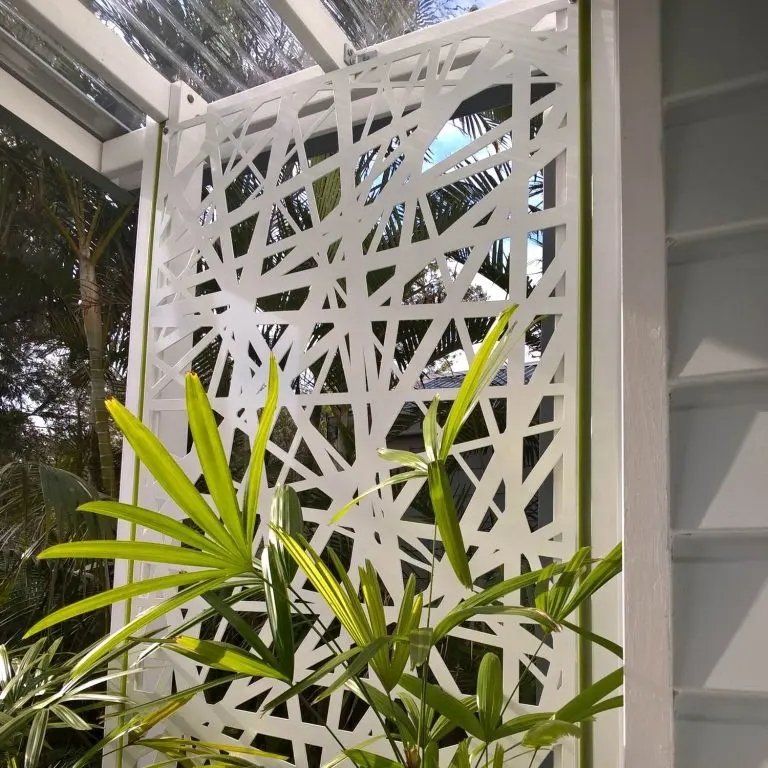
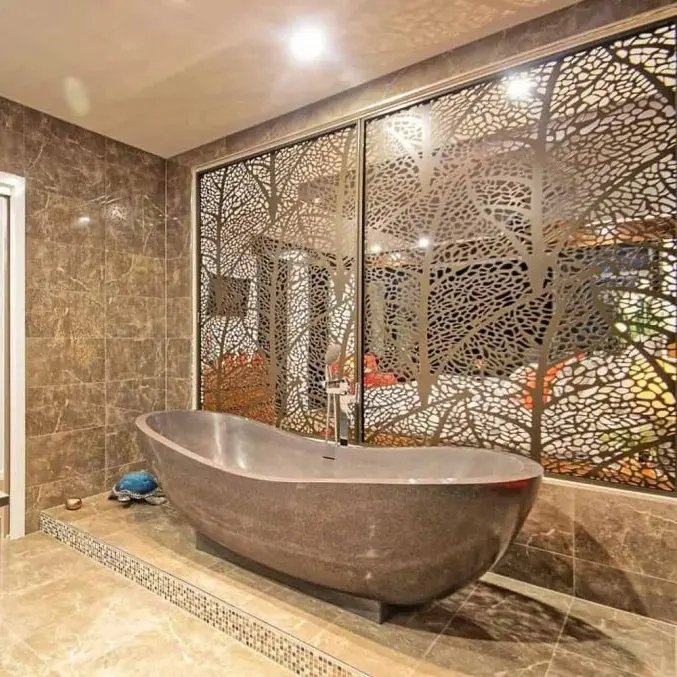
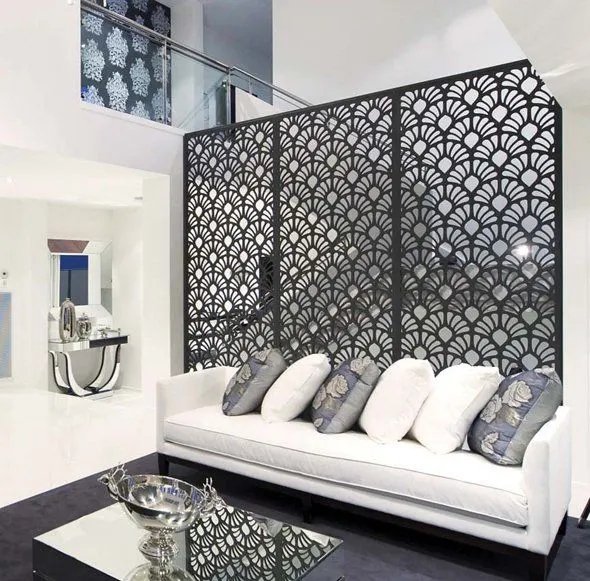
Conclusion
Both perforated aluminum sheet and perforated steel sheet have unique advantages. Your choice depends on strength needs, environment, budget, and design preferences.
Need durability in harsh conditions? → Steel (with coatings)
Want a lightweight, rust-proof solution? → Aluminum
If you’re still unsure, consult with a supplier to find the best perforated metal sheet for your project!

